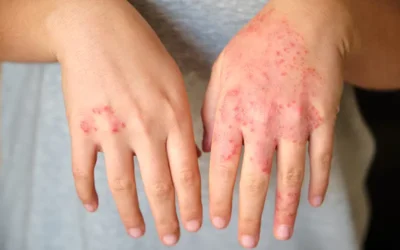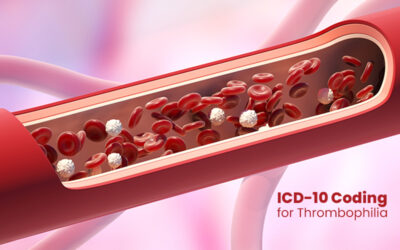Warts are a form of lesion or skin growth most often caused by the human papillomavirus (HPV). Some warts are bacterial, rather than viral. Dermatology medical billing involves documenting diverse skin disorders including warts. Mainly caused by the excessive and rapid growth of keratin, which is a hard protein on the top layer of the skin, warts come in a wide range of shapes and sizes – a bump with a rough surface, or it may be flat and smooth. It can occur at any age, but are most common in children, young adults, and people with immune system deficiencies.
HPV infection is acquired from direct contact, which may be person-to-person or from the environment. Most warts go away on their own within months or years.
Five major types include
- Common warts (Verruca vulgaris): A raised wart with roughened surface that generally appears on keratinized skin, most commonly on the hands, but can grow anywhere on the body.
- Plantar warts (Verruca plantaris): A hard, sometimes painful lump, often with multiple black specks in the center; usually only found on pressure points on the soles of the feet.
- Solitary wart – This single wart often increases in size and may eventually multiply, forming additional “satellite” warts.
- Mosaic warts – A cluster of several small warts, they grow closely together in one area and are more difficult to treat than solitary warts.
- Flat warts (Verruca plana): Commonly seen in teenagers, this small, smooth flattened, flesh-colored wart often occur in groups of small plaques less than 5 mm in diameter on the face and hands.
- Venereal warts (Condyloma acuminatum, Verruca acuminata): A wart that occurs on the genitalia. Genital warts appear as flesh-colored, round bumps of varying sizes.
- Tuberculosis warts (Lupus verrucosus, Prosector’s wart, Warty tuberculosis): A rash of small, red papular nodules that may appear 2-4 weeks after inoculation by Mycobacterium tuberculosis in a previously infected and immunocompetent individual.
Clinical assessment of the lesion involves inspecting the patient to check the number of lesions and location, describing the lesions including color and any secondary changes, and checking the patient’s overall health. Treatment options include surgical excision, cryotherapy, salicylic acid, electrosurgery, laser treatment and Prescription creams for genital warts.
ICD-10 codes for warts are –
- A18.4 Tuberculosis of skin and subcutaneous tissue
- A63.0 Anogenital (venereal) warts
- B07 Viral warts
- B07.0 Plantar wart
- B07.8 Other viral warts
- B07.9 Viral wart, unspecified
Medical billing and coding outsourcing helps dermatologists and their staff to deal with even the most complex coding challenges, ensuring timely payment from payers.




